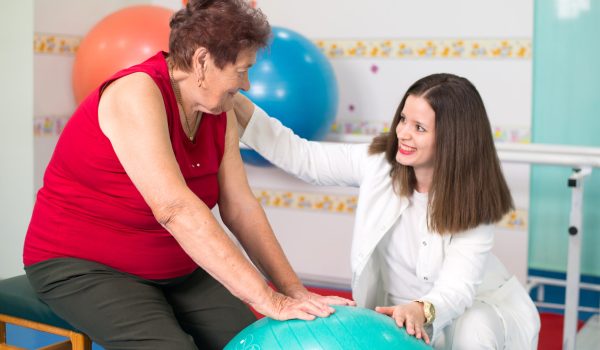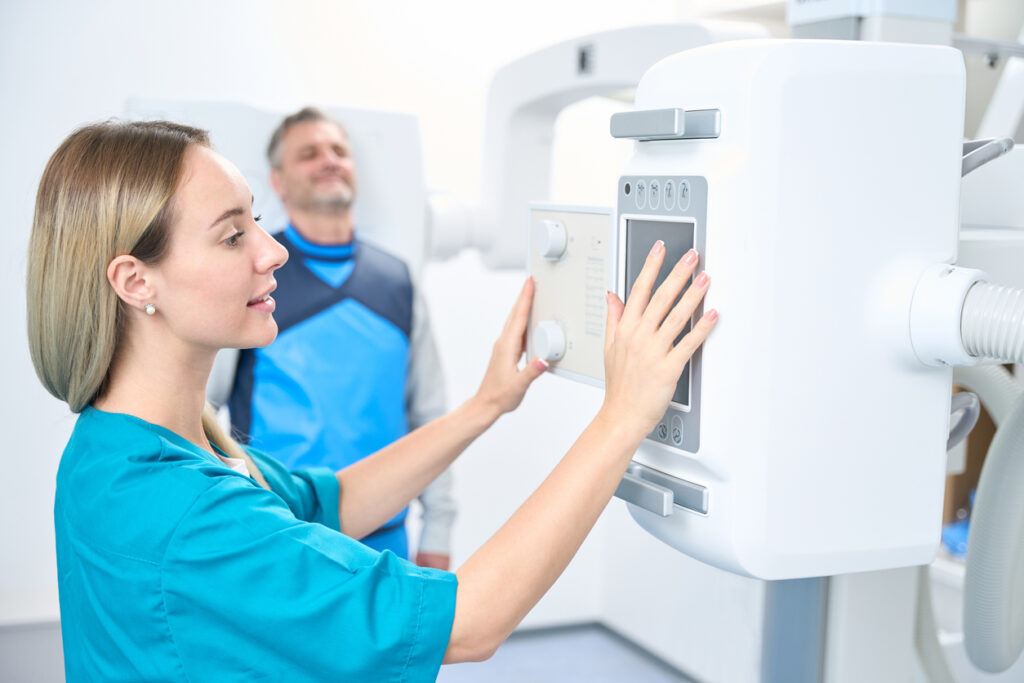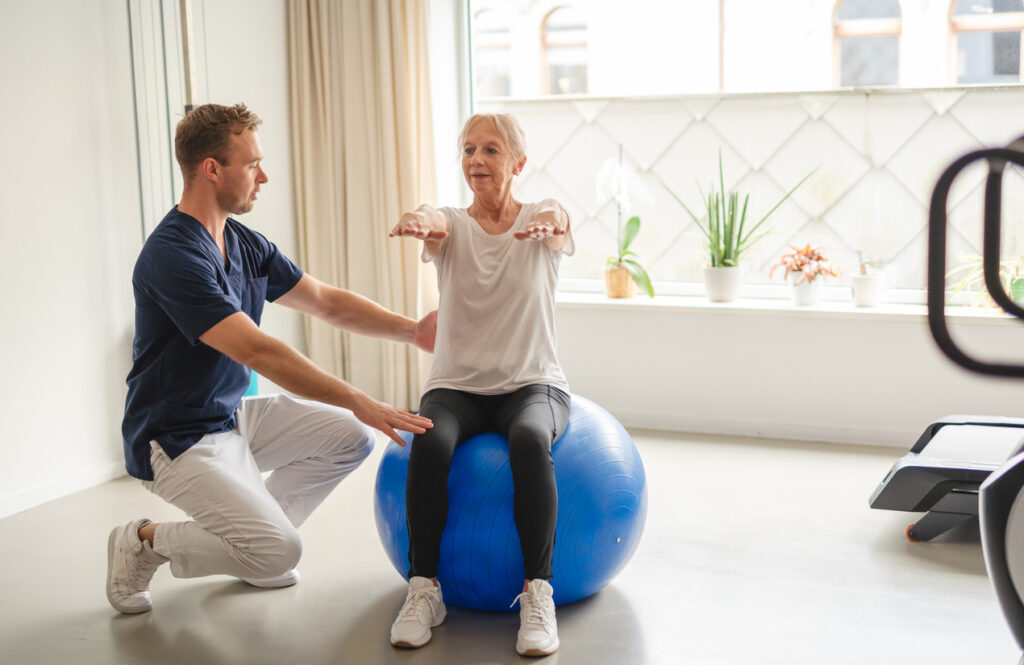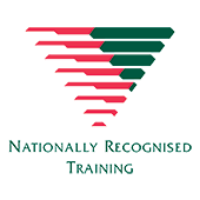If you’re considering enrolling in a Certificate III in Allied Health Assistance, you’re likely curious about the career paths available to you after completing the course. This qualification opens doors to a variety of rewarding roles within the healthcare sector, each offering unique work environments and opportunities to make a positive impact on people’s lives. In this article, we’ll explore the specific job roles you can pursue with a Certificate III in Allied Health and the types of work environments you can expect to find yourself in.
Understanding the Qualification
A Certificate III in Allied Health Assistance provides the foundational skills and knowledge needed to support allied health professionals, such as physiotherapists, occupational therapists, and podiatrists, in delivering care to patients. The course covers areas like communication in healthcare, assisting with movement and mobility, understanding medical terminology, and providing support for therapy programs. But how does this translate into job opportunities?
Key Job Roles
1. Allied Health Assistant
As an Allied Health Assistant, you’ll work under the supervision of allied health professionals to assist in patient care. This might involve helping with therapy sessions, preparing equipment, or supporting patients with exercises prescribed by a therapist.
Work Settings: Hospitals, rehabilitation centres, community health clinics, and private practices.
2. Physiotherapy Assistant
Working closely with physiotherapists, you’ll support patients recovering from injuries or managing chronic conditions. Your tasks may include assisting with exercise routines, setting up therapy equipment, and monitoring patient progress.
Work Settings: Physiotherapy clinics, sports rehabilitation centres, and hospitals.
3. Radiology Assistant
This role involves working in medical imaging departments, assisting radiologists and technicians in preparing patients for procedures like X-rays, MRIs, and ultrasounds. You’ll ensure that patients are comfortable and provide support during imaging procedures.
Work Settings: Hospitals, diagnostic imaging centres, and specialised radiology clinics.
4. Occupational Therapy Assistant
Occupational Therapy Assistants help patients develop or regain the skills needed for daily living and working. This could involve assisting with activities that improve fine motor skills, helping patients adapt to new environments, or supporting them in using adaptive equipment.
Work Settings: Hospitals, rehabilitation centres, community health services, and schools.
5. Podiatry Assistant
Podiatry Assistants work alongside podiatrists to care for patients’ feet and lower limbs. Responsibilities might include preparing patients for treatments, assisting during procedures, and providing advice on foot care.
Work Settings: Podiatry clinics, hospitals, and community health centres.
6. Speech Therapy Assistant
Supporting speech pathologists, Speech Therapy Assistants help patients with communication and swallowing disorders. Duties may involve preparing therapy materials, assisting during sessions, and working directly with patients to practice exercises.
Work Settings: Schools, hospitals, community health services, and private practices.
7. Aged Care and Rehabilitation Support
In this role, you’ll work with elderly patients or those recovering from surgery or illness, assisting with mobility, daily activities, and therapy exercises. This role often involves collaboration with a multidisciplinary team.
Work Settings: Aged care facilities, rehabilitation centres, and home care settings.

Exploring Work Environments
Hospitals
Many allied health assistants work in hospitals, supporting various departments such as physiotherapy, occupational therapy, and radiology. These roles often involve working with patients recovering from surgery, injury, or illness.
Environment: Fast-paced, team-oriented, with a focus on acute care and rehabilitation. You’ll likely interact with a diverse range of patients and healthcare professionals.
Community Health Clinics
In community health settings, you might work with a broader range of patients, including children, adults, and the elderly. Your focus could be on preventative care, chronic disease management, or supporting patients with disabilities.
Environment: Community health clinics often offer a more varied work environment, with opportunities to work both in the clinic and in patients’ homes.
Private Practices
Working in a private practice, such as a physiotherapy or podiatry clinic, involves providing more specialised care. You might support patients in ongoing therapy programs, helping them achieve specific health goals.
Environment: Private practices tend to have a more focused scope of work, often dealing with patients over longer periods for rehabilitation or chronic condition management.
Aged Care Facilities
Allied health assistants in aged care facilities work closely with elderly residents, helping them maintain mobility, independence, and quality of life. This role often involves a mix of therapy support and assistance with daily activities.
Environment: Aged care facilities provide a stable, community-focused environment, with a strong emphasis on patient relationships and long-term care.
Schools and Educational Settings
In educational settings, you might assist speech pathologists, occupational therapists, or physiotherapists in supporting children with developmental delays or disabilities. This could involve one-on-one sessions, group activities, or classroom support.
Environment: Schools and educational settings offer a dynamic environment where you can make a significant impact on children’s development and learning.
Making the Most of Your Career in Allied Health
A Certificate III in Allied Health Assistance can open doors to diverse and rewarding career paths. Whether you’re drawn to the fast-paced environment of a hospital or the community-focused setting of a clinic, there are numerous opportunities to find a role that suits your skills and interests.
Further Exploration:
To gain a deeper understanding of what a typical day might look like, explore our article Typical Day in the Life of an Allied Health Assistant.
If you’re still weighing your options, our article Choosing Between Community Services, Allied Health & Individual Support: Pros and Cons can help you determine the best path for your career goals.
Visualising Your Future Career
The roles and environments discussed here provide a glimpse into the potential career paths you can pursue with a Certificate III in Allied Health Assistance. By understanding the variety of job roles available and the work environments you might encounter, you can better visualise your future in this field and make an informed decision about your education.
At Industry Skills Training (IST), we’re committed to helping you achieve your career goals in allied health. If you’re ready to take the next step, or if you have more questions about the course, please contact us or visit our campus.





